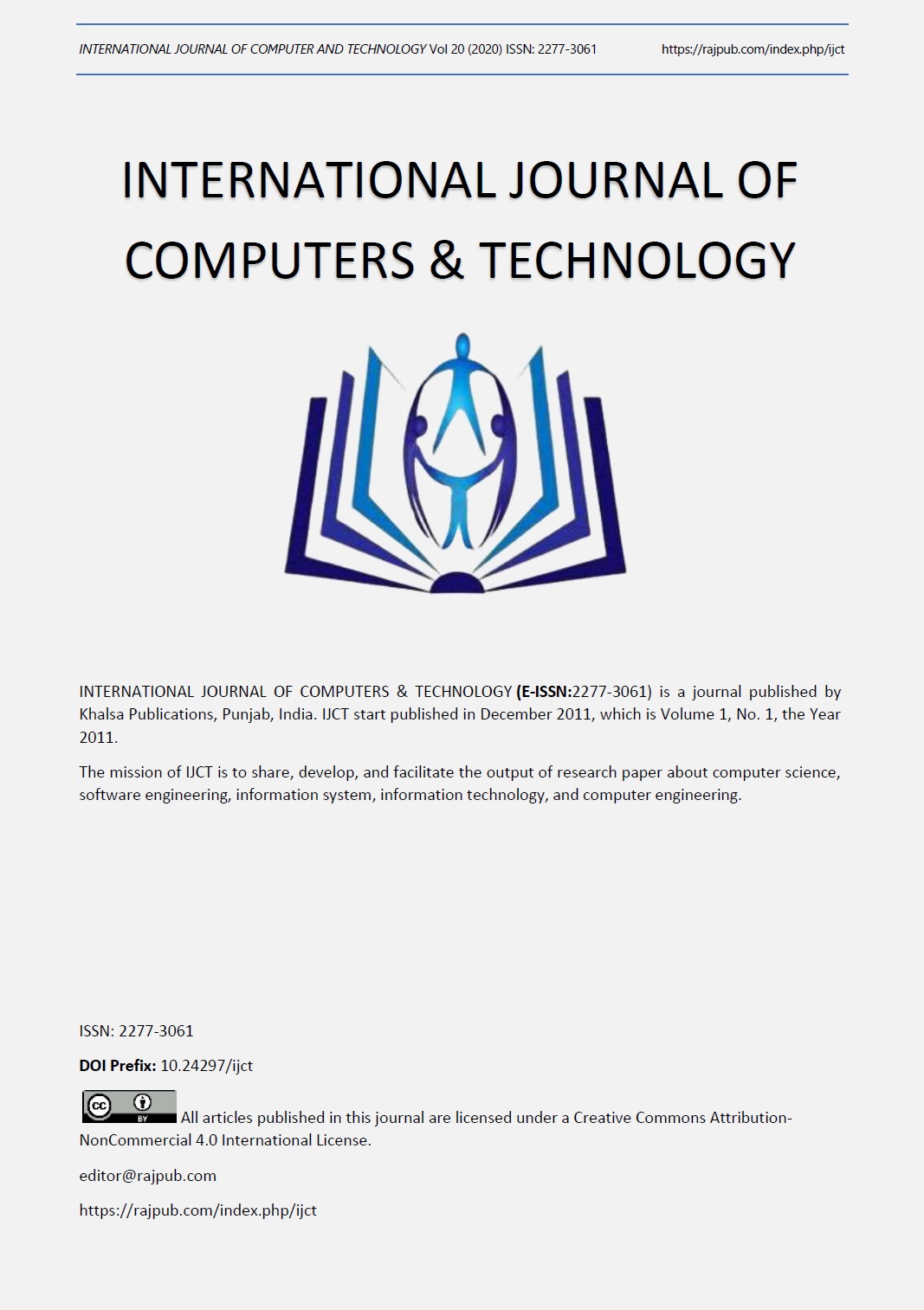A Comparison of two Multilingual Meeting Systems
DOI:
https://doi.org/10.24297/ijct.v20i.8636Keywords:
Machine Translation, Multilingual Meetings, Microsoft Live Translator, Google TranslateAbstract
Multilingual meeting software is still somewhat rare, but at least three systems can provide support to large groups in multiple languages. This paper compares two (Microsoft Live Translator and an academic system called Polyglot). Results show there were no significant differences between the two in terms of perceived translation accuracy, usefulness, ease of use, and design quality. However, Polyglot provides support for more languages (103 versus 66). These and other results are discussed along with directions for future research.
Downloads
References
Aiken, M. and Ghosh, K. (2009). Automatic translation in multilingual business meetings. Industrial Management & Data Systems, 109(7), 916-925.
Aiken, M., Martin, J., Reithel, B., Shirani, A., and Singleton, T. (1992). Using a group decision support system for multicultural and multilingual communication. Proceedings of the 23rd Annual Meeting of the Decision Sciences Institute, November, San Francisco, CA, 792-794.
Aiken, M. and Vanjani, M. (2009). Polyglot: A multilingual group support system. Issues in Information Systems, 10(2), 101-106.
Calefato, F., Lanubile, F., Conte, T., and Prikladnicki, R. (2016). Assessing the impact of real-time machine translation on multilingual meetings in global software projects. Empirical Software Engineering, 21(3), 1002-1034.
Flournoy, R. and Callison-Burch, C. (2001). Secondary benefits of feedback and user interaction in machine translation tools. In Workshop paper for “MT2010: Towards a Roadmap for MT” of the MT, Summit, 8, 2-3.
Gottfried, J., DeLancey, L., Watwood, C., and Hardin, A. (2015). Virtual conferencing and meeting systems: Resources for online connections. College & Research Libraries News, 76(2), 98-101.
Gray, P., and Olfman, L. (1989). The user interface in group decision support systems. Decision Support Systems, 5(2), 119-128.
Lamont, I. (2000). Parlez-vous Multicity? Network World, June 26, 2000.
MT-Qualifier (2015). Machine Translation Quality Statistics. Retrieved January 13, 2020 from http://mt-quality.multilizer.com/machine-translation-quality-statistics
Papineni, K., Roukos, S., Ward, T., and Zhu, W. (2002). BLEU: A method for automatic evaluation of machine translation. ACL-2002: 40th Annual Meeting of the Association for Computational Linguistics, 311-318.
Papula, N. (2014). MT quality comparison: Google Translate vs. Microsoft Translator. Multilizer. Retrieved January 13, 2020 from http://translation-blog.multilizer.com/mt-quality-comparison-google-translate-vs-microsoft-translator
Posey, J. and Aiken, M. (2015). Large-scale, distributed, multilingual, electronic meetings: A pilot study of usability and comprehension. International Journal of Computers and Technology, 14(3), 5578-5585.
Shen, E. (2010). Comparison of online machine translation tools. Tcworld. Retrieved January 13, 2020 from http://www.tcworld.info/e-magazine/translation-and-localization/article/comparison-of-online-machine-translation-tools
Shigenobu, T., Fujii, K., and Yoshino, T. (2007). The role of annotation in intercultural communication. In International Conference on Usability and Internationalization, 186-195. Springer, Berlin, Heidelberg.









